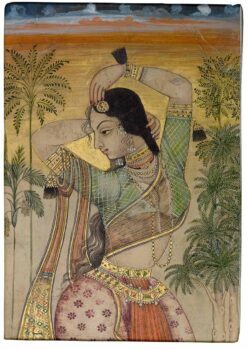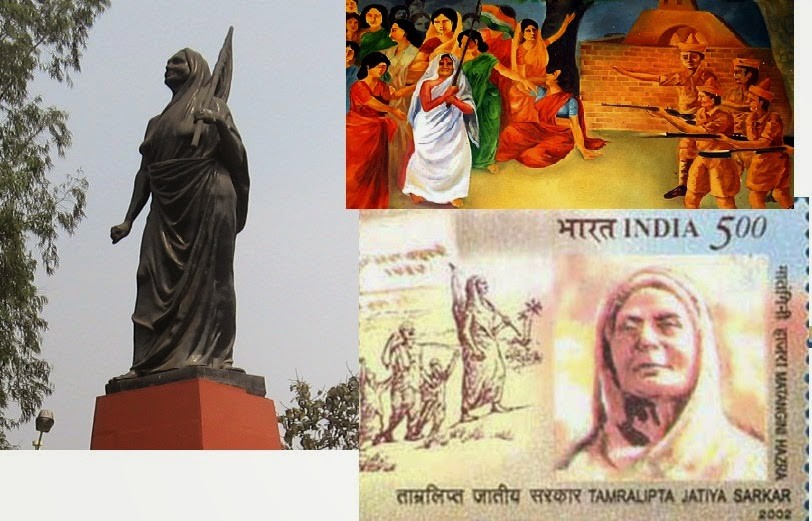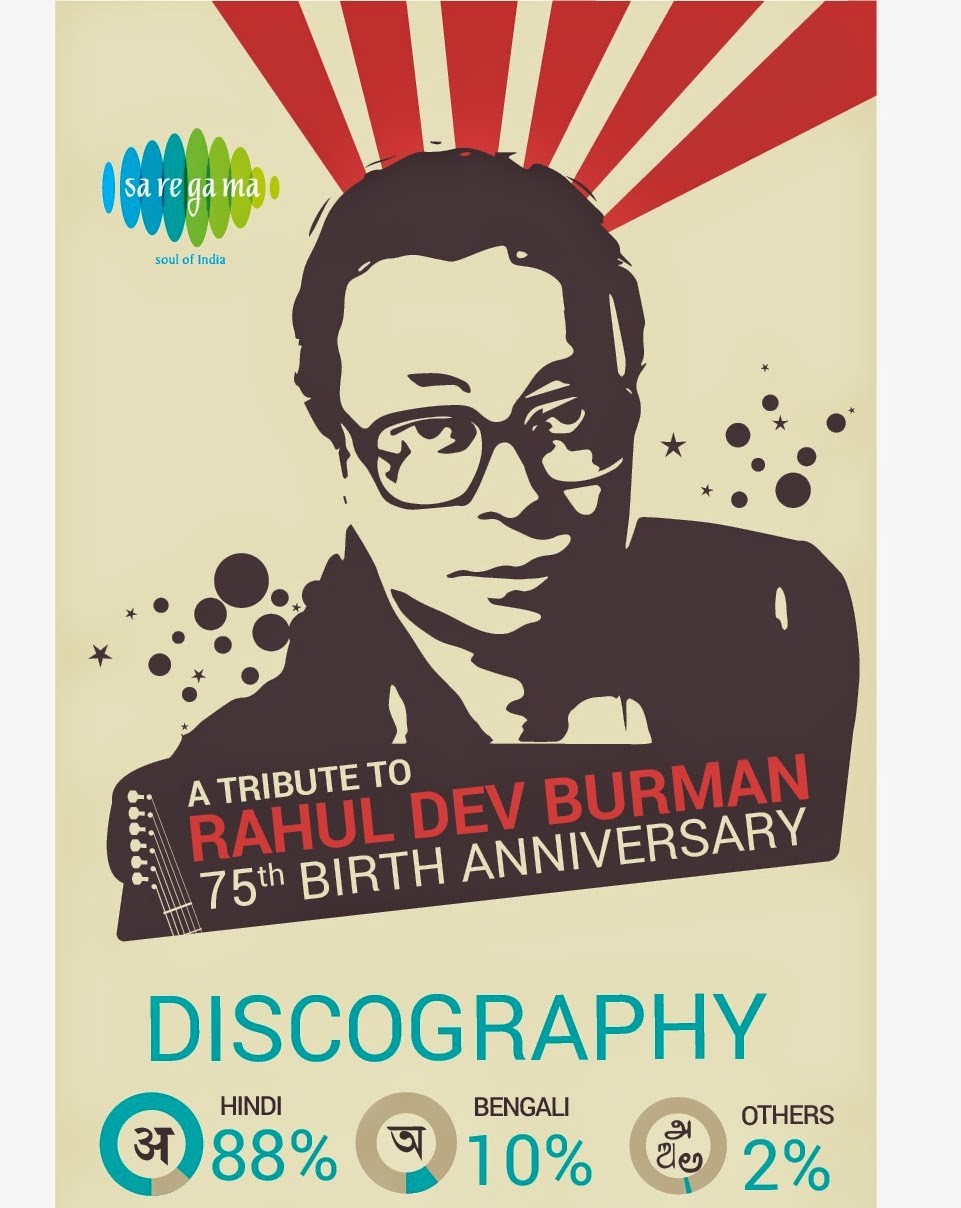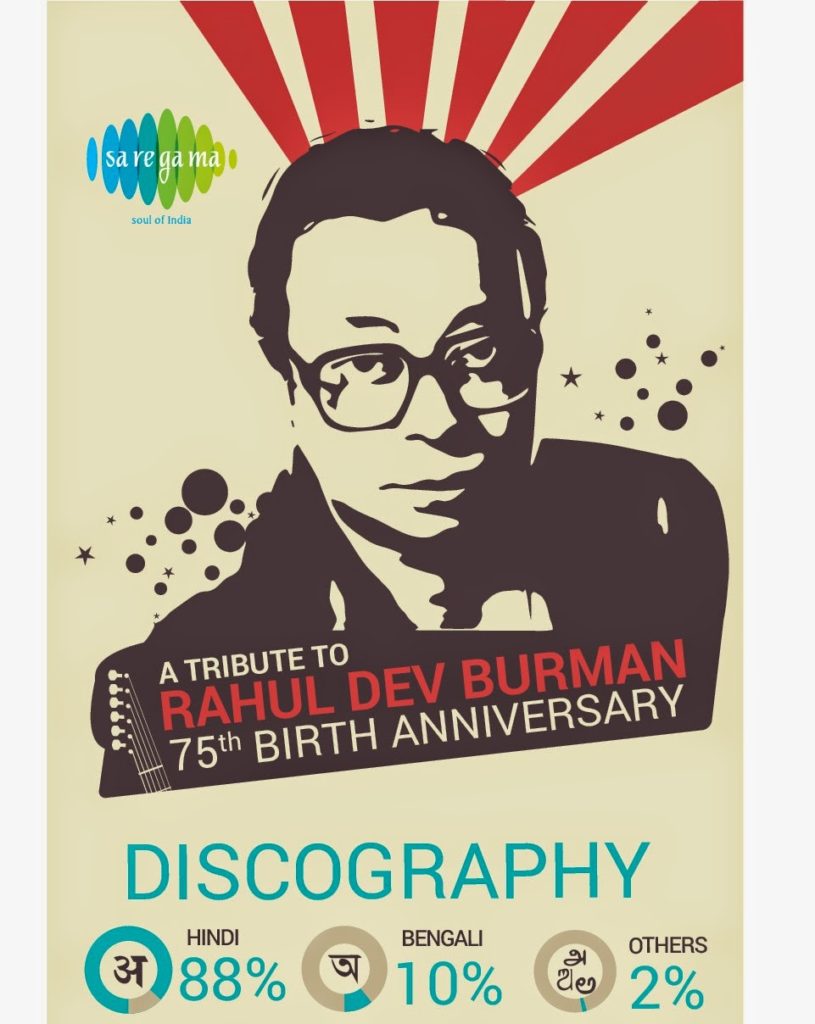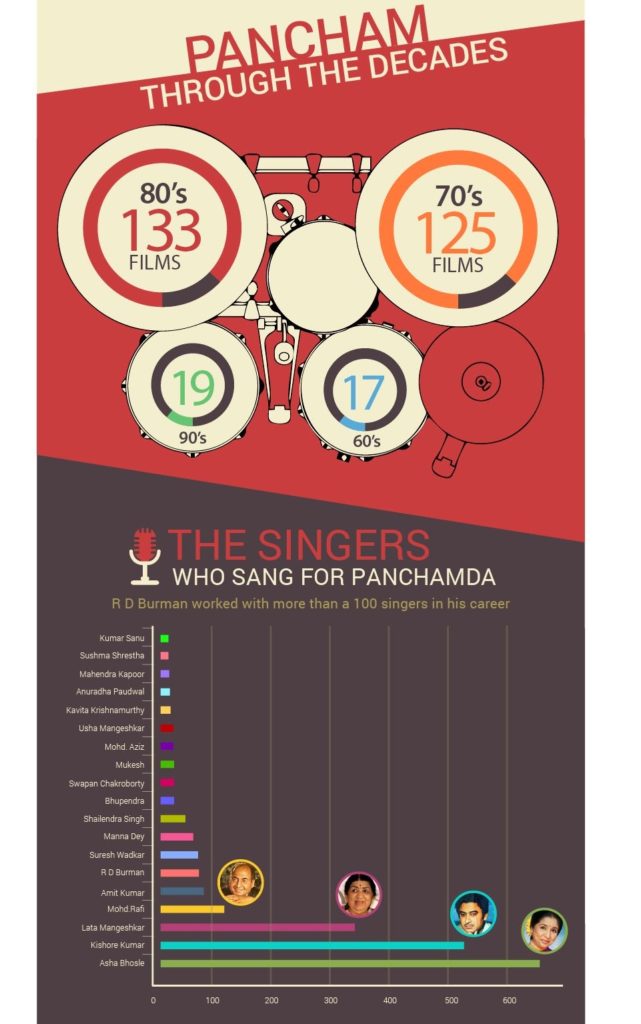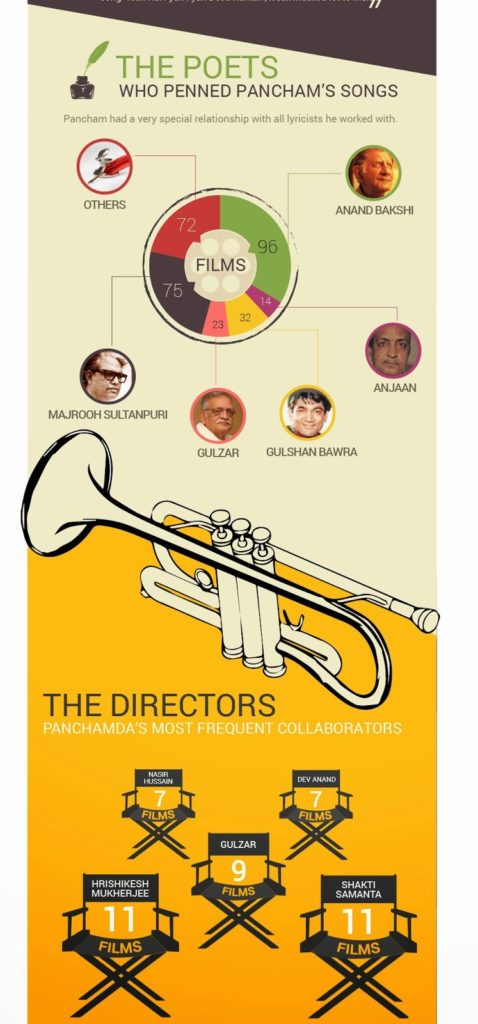My late Dada, Md. Nazir Ullah would tell it really well…..a great Chishti Pir from Ajmer, India came to the Bengal….One of them fell in love with a native
(most probably a low caste Hindu) woman, converted and married her….after the
birth of a male child, the Sufi was gone, never to return.…Dada would conclude “ei bhabe amra Mosolmaan hoyechhi“(this is how we became muslims)….
It is a fascinating (and memorable) story. It also discounts any role of conversion by force (but that is not so important in the scheme of things).
Depending on who you ask, Bangali Muslims are (justifiably) proud of having participated in two revolutions which (in their words) nixed the tyranny of Hindu zamindars and Pakistani generals. That being so, it does seem strange that a liberal, liberated B-M would cry her heart out when the bombs dropped on that super-tyrant Saddam. Do genocides of Shias and Kurds not matter much to lovable (and loving) Sufis?
There is another thing about Iraq war that is a surprise. The sense of betrayal by America that united B-Ms with muslims around the globe. But we have seen this movie before….in Bangladesh!!! America did incalculable harm by supporting the Pakistan army in its genocidal mission in 1971. How difficult was it for Nixon/Kissinger to call a meeting in the White House and convince Bhutto and Mujib to work together for the sake of democracy? Instead when the Indian army joined the campaign Nixon dispatched an entire Armada to the Bay of Bengal….against the cause of freedom. There was no sense of betrayal then?
The author wields a powerful pen to show the reasons why many B-Ms feel insecure about
their second class muslim status, which comes (as we understand it) from a Sufi past
(imagined or otherwise) with its heavy shirk quotient, from a shared
culture with Hindus, from being distant from the Koran in Arabic
mindset.
However this unhappy equilibrium is unlikely to last. All over South Asia today, polarization is the name of the game. And with the Hindu population slowly fading away in Bangladesh and promising opportunities for a South Asian Muslim Federation (Zachary has pointed to this before), the future points to a mono-culture secure in its (Sunni not Sufi) muslim past, present, and future.
To the extent the above helps stabilize the political environment and allows for economic progress this may be a good thing for the aam admi (aurat). New stories explaining the rise of Islam in the sub-continent will have to be concocted by a new generation of Nana-Dada-s. It will take some skill and it may not be as soothing as the old ones were.
……………….
My own story of trials and tribulations with Islam begins with my family’s own history.
My late Dada, Md. Nazir Ullah would tell it really well. The story
goes something like this: a great Chishti Pir from Ajmer, India (based
on time line and some research, it may have been Shaykh Mu’in ad-Din
Chishti, but we are not entirely sure) came to the Bengal area with his
entourage of wandering Sufis. One of them fell in love with a native
(most probably a low caste Hindu) woman, converted and married her. But
alas! The wandering soul could not be tamed and one day, after the
birth of a male child, the Sufi was gone, never to return.
With teary and distant looking eyes, Dada would conclude “ei bhabe amra Mosolmaan hoyechhi.“
My late grandfather (rest his soul), told that story beautifully
with the right amount of emotions and convictions. It is fairly easy to
understand how romantic that story was to a young 14-year-old highly
impressionable girl. But that is exactly the problem with our
narratives on Sufi origins — we romanticise that past without deeper
understanding of the Sufi ideals and philosophies, let alone critically
asking about the processes by which the conversions took place.
“Liberal” Islam imagination stops at this general story of heritage.
Ask anyone on Sufi teachings and one will get sweeping comments and
remarks revealing our ignorance of our forefathers and their histories.
Sufis are in general seen as qawaali singing, wandering, esoteric
Muslim preachers who spread the message of the Almighty’s benevolence
and had a great love for the Prophet. To find God, one must love all of
His creations, even if they are practising other religions/beliefs.
This is usually the narrative of Bengali Muslims on why we are secular.
It came as no surprise when at the secularism conference, a number
of Bangladeshi civil society members kept saying that we are “secular
by nature” because of our Sufi heritage.
“Secular by nature” — what does that even mean?
To me it means that we have stopped at Nana-Dada’s stories. It
means, we are quite ignorant of what it means to have Sufi origins and
hence what secularism has anything to do with Sufi Islam. Sufism is now
almost a folklore — some true, mostly imaginary.
The present generation has very little information on these Sufi
beginnings. In fact, I will argue that it is exactly because of such
shallow and romanticised stories of the past, we suffer from an
inferiority complex of not being “Muslim enough”.
From the Sufis, our popular secularism narrative leaps centuries and
plunges right into the liberation war. The liberation war is often
synonymous to fighting for secularism.
While that is part of the larger history, the political struggle is
lost in mass media and popular culture and narratives. In the struggles
of keeping the ideology of a non-communal state where people of all
religion are equal, secularists have in a certain sense created
hyperboles on “inherent secularism” of the Bengali people.
In these dichotomies, even I have personally felt lost and not at
all comfortable choosing a side. While I was raised by my deeply pious
Nana, I was also raised with a great sense of love for all that is
Bengali, including learning Hindu theology, because of my father.
Many would term my family as “moderate” Muslim. Again, what is that?
That we believe in moderation? That we sin or practise in moderation?
That we drink and pray in moderation? No, the secular or the
fundamentalists did not know where to put us and neither did we
subscribe to any boxes.
I clearly remember running a little late for a 9am class on September
11, 2001. The campus was a little quiet but that didn’t quite register
till I entered the building where my class was scheduled. At the very
entrance, a group of students in complete shock and horror stared at a
television screen. At inquiring as to what they were all looking at,
with utter disbelief, my best friend asked me, “Shahana, you seriously
don’t know? The World Trade Center got hit!”
And so it did. The world as we knew it changed the minute that plane
went through that monumental building in the middle of New York City.
In the midst of the complete chaos, disarray, while we watched CNN and
tried to stream Al-Jazeerah (at that time, it was still an underground
alternative media house), all I could think of was — they will be
coming for us.
And so they did. The Patriot Act came into effect. Civil liberties
were frozen. Even while the civil rights activists were advocating
against it, there was a general fear of Muslims.
Muslim community leaders were giving fatwas to sisters to take off
the hijab and suddenly anyone remotely considered to be an expert on
Islam and Muslims were coming on to the televisions and giving sweeping
comments — “Islam is a religion of peace”.
Muslim, Arab, South Asian Americans kept stressing, “WE ARE AMERICANS”.
My religion became my ethnic identity.
Without any protest (in fact in many cases, supportively) the
foreign male students lined up at the immigration offices to report on
their entry and exit into the country. “If this was India, Pakistan,
Bangladesh, it would have been worse.” Of course it would have been
worse. But this wasn’t India, Pakistan, Bangladesh. This was America,
the land of the free, the home of the brave. This was the country
preaching to the rest of the world on justice and equality.
I was one of the luckier foreign students because of the activist
and liberal college I attended. My friends and professors were
protective towards me (and other foreign students) and institutionally
we took a stand against the Patriot Act, keeping student records
private. But this was a bubble. The bubble burst every time I travelled
out of the college peripheries. Though physically I was not lynched,
there was always a fear of getting harassed. Doing mundane things like
going to the mall or a diner became stressful.
February 15, 2003, hundreds of college mates got on buses and made
way to New York to protest against the war on Iraq. We blocked off 50
blocks of the city. Almost a million people from across the country
came to that march. As we chanted anti-war slogans and clashed with the
riot police, local and international media did a fantastic job in NOT
telecasting any of the ground scenes. Whenever I talk about that march
and the number of other similar marches in Chicago and San Francisco,
people look at me dumbfounded as if those marches are figments of my
imagination. What Matrix effect — déjà vu! Such is the power of media!
A week later, we watched the first set of bombs over Baghdad. I cry
at the drop of a hat, but very few times in my life have I cried the
way I did that night. Something fundamentally changed. I no longer
wanted to be in the US and felt this deep sense of connecting with my
Muslim identity.
For many of us religion became a political stand rather than a
spiritual conviction. Some put bombs around themselves and some went
off to study abroad programmes in the Middle East to find “answers”.
Why the Middle East?
Here I go back to my earlier point about not being “Islamic enough”.
The weak understanding of our own Islamic heritage creates much
confusion among many that perhaps something is amiss with the way we
practice the religion.
An important reason for feeling this “second class” Muslim status
has to do directly with the language barrier, that Arabic is not our
native language. Somehow we have convinced ourselves and have accepted
the hegemonic claim that without knowing Quranic Arabic, we cannot
interpret the religion and come to conclusions on its legal
jurisprudence. Both fundamentalists and secularists have used this
rhetoric to justify one’s enforcement of practices from Arab nations
and the other’s rejection of religion.
Post 9/11 global politics along with “second class” Muslim complex
leads to the one-way road to a study abroad programme in the Middle
East. Some went to these programmes to be better Muslims. Some went to
get a better job in the US State Department upon returning. And some
idealistic ones went to learn Arabic, seek knowledge and find answers.
What a load of complete rubbish! Study abroad programme in a Middle
Eastern country left me jaded, sun burnt and sexually harassed because
Arab men tend to think Desi women all run around the fields in skimpy
lehenga-cholis like they do in the Bollywood films!
Instead of finding any sense of camaraderie with Arab Muslims, I
came out of the programme convinced (and remain true to that conviction
till today) that religion can never overcome cultural, class,
political differences. We can only overcome these differences through
humanity and mutual respect, and not religion.
So I did what anyone in my situation would do — like the prodigal daughter, I returned to the motherland.
Meanwhile, the Bangladesh of my childhood and pre-college days had
dramatically changed. War criminals of 1971 were a part of the ruling
coalition, and massive corruption characterised the economy. People
were flaunting religion (sudden proliferation of Bismillah,
Alhamdullilah, Mashallah in every sentence; the Khoda Hafez vs. Allah
Hafez debates, etc.) and money everywhere, all the time. One could actually see the change in the physical make up of Dhaka and its peripheries.
More women were donning the niqab and more men were bearded. What
was a simple gathering of Tablighi Muslims became hyped up as an
important gathering for all Muslims. Roads and highways were being
blocked, airports were making special arrangements for those attending
the Akheeri Monajaat. State and culture were making spaces for this
revival of an Islamic identity that had almost nothing to do with
Bengali Muslim identity.
In addition to the rise of political Islam, two generations of
migrant workers had established a new globalised middle class. No
longer do the middle class ideologues reside in the post war 1970s/80s
Bengali ethnicity dominated identity. This new middle class is
mushrooming in peri-urban and urban spaces. Suddenly we find in the
middle of Habiganj, 2000-people accommodating community centres at
every union with at least one wedding in a quarter having the groom
arriving in a helicopter.
When the national leaders are too busy with political mudslinging in
the Parliament and local government bodies are too confused to
implement any project without directives from the central government,
it is the new middle class in the graam-gonjo putting up the schools,
the small businesses, generating employment and influencing the masses.
When the migrant worker returns from Dubai after 20 years with cash
in his pockets and sets up a madrassah that shelters and feeds at least
50 children from extremely poor households in his village, who cares
about Sufism, secularism and ekattorer chetona?
What does it all mean?
I am not sure what it all means.
When I read the World Bank report on how madrassahs have contributed
to the literacy achievements of Bangladeshi children, I am confused as
to whether I should rejoice that more children can read or write, or
be thoroughly worried that secular education could not meet the demands
of the people. After all, major NGOs such as BRAC are working closely
with maulanas at the community level and “empowering” them to give
positive messages in their khutba and waz because people still consider
them as the guardians to the gates of heaven.
I am also not sure of the old school secularists who will almost to
prove a point, take an atheist standpoint, put up the overtly Bengali
outlook and thus present secularism as a space for the educated, those
with pedigree. There is a real disconnect between the secular discourse
of Bangladesh and the grassroots level realities. More and more, it
has become an either/or situation.
But I also have no time for this post-modern, all is fine, all is
acceptable, all is fluid stand without a stand (!). While identities
are fluid and should not be constrained to binaries, discourses require
a clear vision that is in a great lacking. This vacuum is primarily
because of the limited spaces we have to openly argue without being
tagged with partisanship and/or being politically persecuted.
………….
Link: http://dpwriters.wordpress.com/2011/02/07/sufi-of-suburbia-struggles-of-a-muslim-identity-in-bangladesh/#more-559
……
regards
